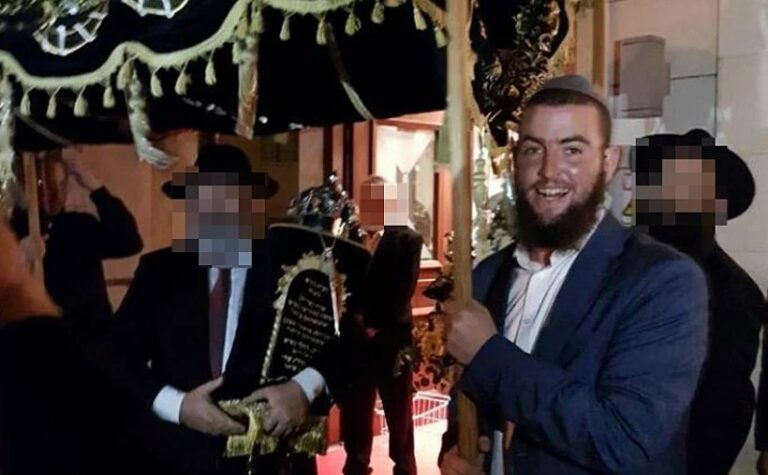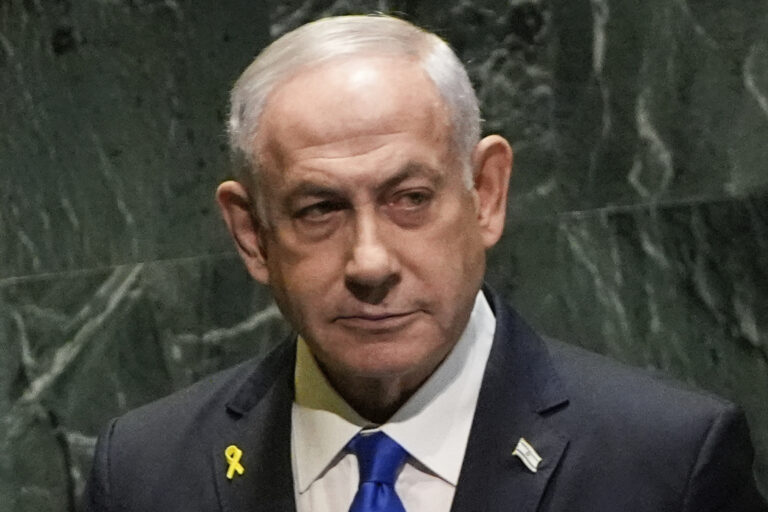By Rabbi Yair Hoffman for 5tjt.com
In the 1950’s, the Mashgiach of Beis Medrash Gavoah, Rav Nosson Wachtfogel zt”l, would bring his young son, Rav Elya Ber to the Yeshiva. As a child, we all have games that we play, Rav ELya had a unique one. He would stand near the Bima after Rav Aharon Kotler zt”l would finish his birchas haTorah after his Aliyah. Rav Aharon would then recite a heartfelt and emotion-laden mi’sh’bairach for Cholim. He them listed the names he was davening for by heart, after which he finished the mi’sh’bairach. The longest that Rav Elya remembers that he had ever counted was 88 names.
Rav Wachtfogel shlita explained that he mentions this not to recount Rav Aharon zatzal’s prodigious memory, but rather to highlight Rav Aharon zatzal’s heartfelt tefilos for Klal Yisroel. This vignette was related recently by Rav Gershon Ribner shlita.
THE SHORTENED MISHEBAIRACH OF CONTEMPORARY TIMES
In order to save time, many many shuls of late have innovated a change. These shuls have completely cut out the recitation of the Cholim names. Instead, they replace it with ten seconds of silence so that the congregants can silently insert the names of those people of whom they are davening for a refuah. Some people find this change somewhat disconcerting.
They point to the Aruch HaShulchan (OC 119) who states that the recital of this mi’sh’bairach as a fulfillment of the Torah commandment o “v’ahavta larayacha kamocha – loving thy neighbor as yourself.” They argue that when an entire tzibbur davens for individuals after hearing their name. it is vastly different than having in mind for cholim in general.
This author posed the question to Rav Chaim Kanievsky zt”l as to whether it was permitted to initiate such a change. The answer received was that it allows for more time to study Torah. On another occasion, however, Rav Chaim zatzal told an acquaintance that answering amain while knowing the name is certainly preferable to not knowing it. We thus have a bit of a contradiction.
RESOLVING THE CONTRADICTION
Perhaps Rav Chaim zt”l was distinguishing between a shul where constant Torah learning is their way of life versus a situation dealing with a shul where this is not the case. We know that Rav Chaim Kanievsky zt”l innovated the term, “BuHa” to convey “Bracha v’hatzlacha – blessing and success.” So we see that he was concerned for the bitul Torah of even a few seconds. If anyone has any thoughts on all this please comment.
The author can be reached at [email protected]












One Response
1) Rav Aharon Kotler z”l was not your typical person. A feat of a great gadol and genius is not binding on the masses of Jews overall. It is an exception, not the rule.
2) You talk about bitul Torah, but omit another very relevant term here, tircha detzibura, which should be part of the discussion.
3) Nowadays the problem of long lists of cholim has been greatly exacerbated by technology, in the form of long lists of cholim assembled and passed around, online and off, some of whom may already be out of that category, having recovered or passed on, which makes a mockery of them.
4) There is no need to mention the name of a choleh to be included in the mi shebeirach, as its text already includes the words “bisoch shear cholei Yisrael”, among the other ill of Israel, so they are already encompassed in it, named or not.
So people can mention or submit names if they know the people, but there should not be readings of long lists of names, as we don’t read a megillah every Monday and Thursday.